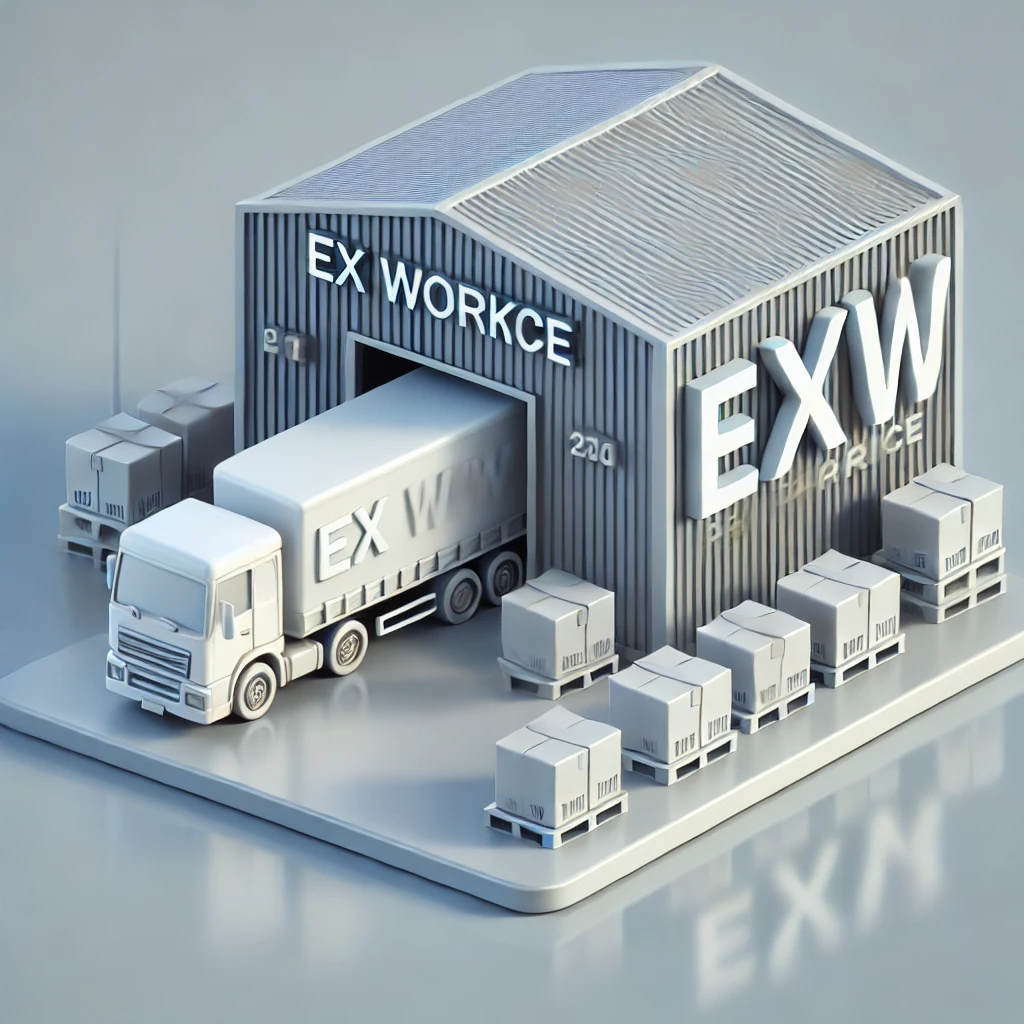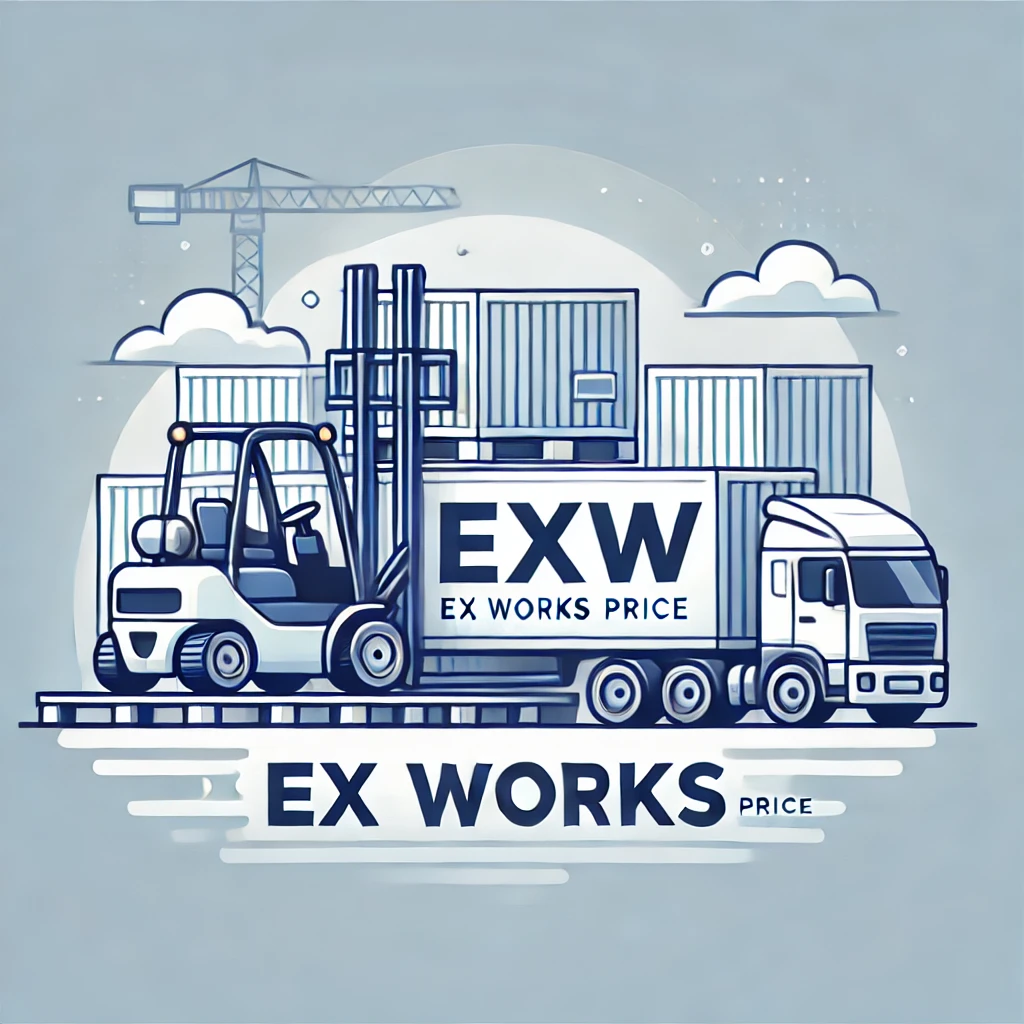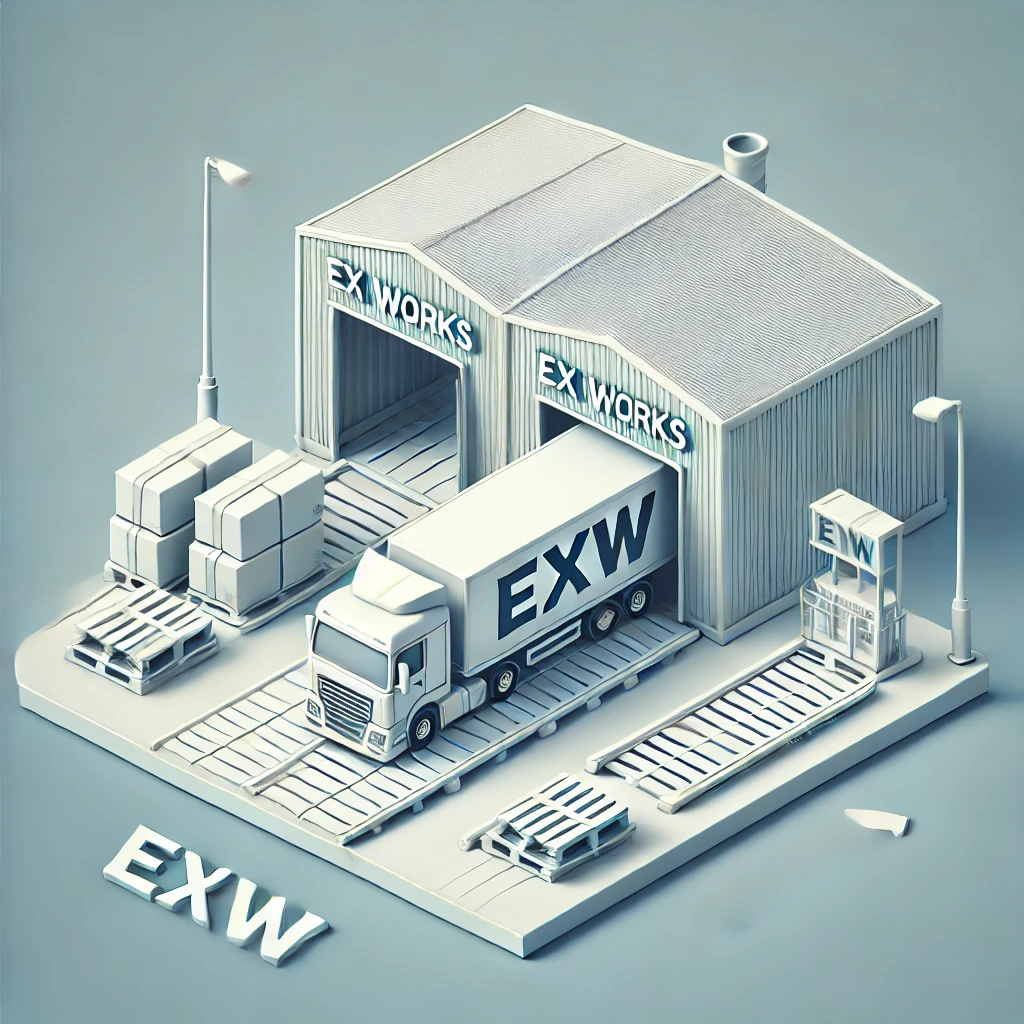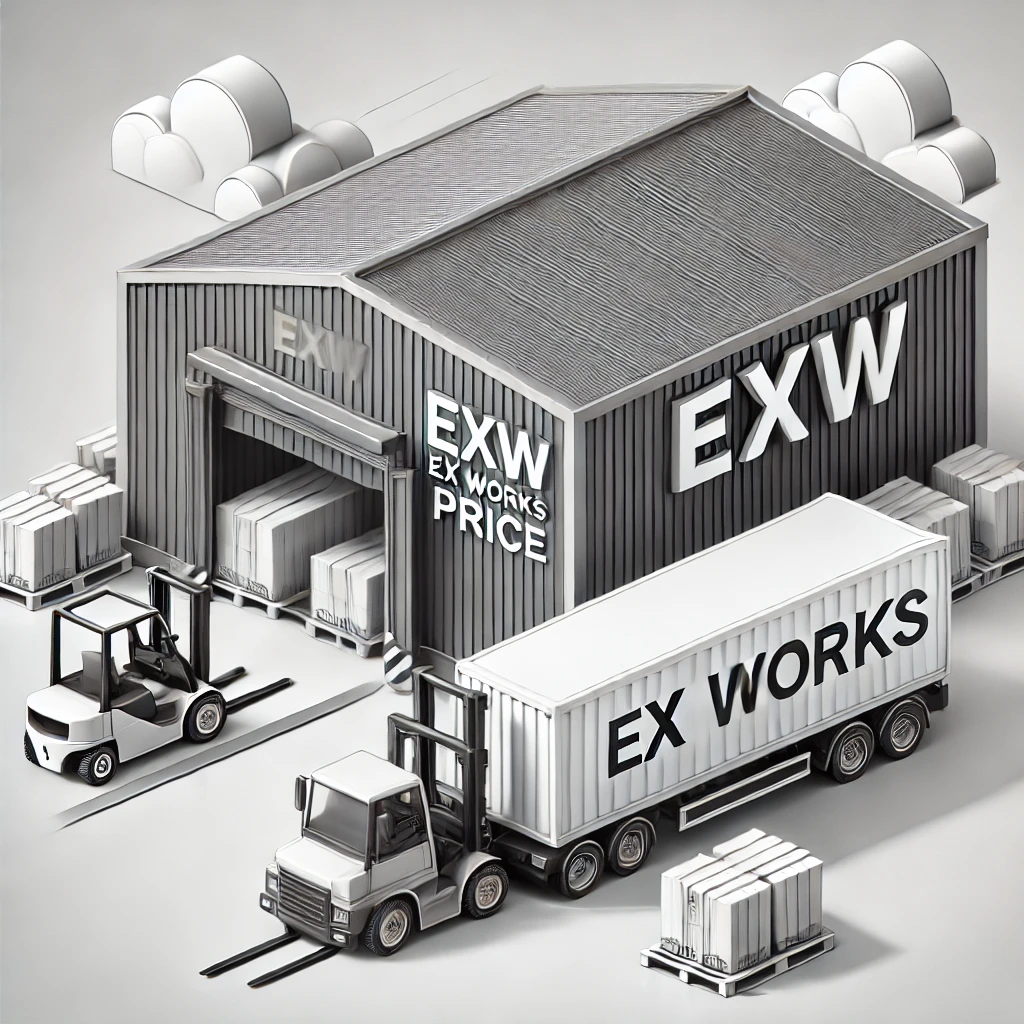The Role of EXW Price in Modern Practices

Key Features of EXW Price
- 💰 Base Cost Only: The price covers only the production cost, excluding additional fees.
- 🚚 Buyer’s Responsibility: Transport, customs clearance, and insurance fall on the buyer.
- 📍 Risk Transfer: Risk passes to the buyer once goods are available for pickup.
- ✅ Transparent Pricing: Focuses on product cost without hidden fees.
Practical Uses of EXW Price
- 🏭 Factory Pickups: Common for buyers with established logistics networks.
- 🚢 International Sourcing: Preferred for global suppliers seeking to minimize involvement in transportation.
- 📦 Bulk Shipments: Ideal for companies consolidating shipments from multiple suppliers.

Why EXW Price Matters in Global Trade
- 💰 Cost Control: Helps buyers manage shipping and import expenses.
- 🚀 Operational Efficiency: Simplifies seller obligations, speeding up sales.
- 🔍 Transparency: Reduces cost confusion by isolating the product price.
- 🌱 Sustainability Options: Buyers can select eco-friendly transport methods.
Best Practices for Using EXW Price
- 📑 Define Pickup Terms Clearly: Agree on location, dates, and pickup procedures.
- 🛡️ Arrange Comprehensive Insurance: Cover goods from the point of pickup.
- 💳 Calculate Total Landed Costs: Include transport, tariffs, and handling fees.
- 📞 Collaborate with Freight Forwarders: Professional support can prevent delays.

Comparison with Other Incoterms
- EXW vs. FOB: FOB covers loading costs, while EXW excludes them.
- EXW vs. CIF: CIF includes shipping and insurance, EXW does not.
- EXW vs. DAP: DAP shifts delivery responsibility to the seller.
- EXW vs. DDP: DDP places all costs and risks on the seller.
📊 Real-World Example
A company in the U.S. purchases machinery from a German supplier under EXW terms. The buyer arranges transportation and insurance, reducing shipping costs by 20% compared to CIF terms by using their trusted carriers.

🚀 Trends and Innovations in EXW Pricing
- 📡 Digital Freight Marketplaces: Platforms that compare shipping options for EXW deliveries.
- 🌱 Eco-Friendly Shipping: Growing demand for sustainable logistics partners.
- 💻 AI Cost Analysis: Machine learning to predict total shipping expenses.
- 📈 Blockchain in Logistics: Increases transparency in shipping processes.
✅ Conclusion
EXW pricing is a powerful tool for businesses seeking greater control over their logistics and shipping strategies. It empowers buyers to negotiate better shipping rates and choose eco-friendly carriers, but it also requires knowledge of export procedures, insurance, and customs regulations. Companies that leverage digital tools, expert partnerships, and sustainability practices can maximize the benefits of EXW pricing while minimizing risks. As global trade continues to evolve, mastering EXW pricing will be a key factor in reducing costs, increasing operational efficiency, and staying competitive in international markets.
